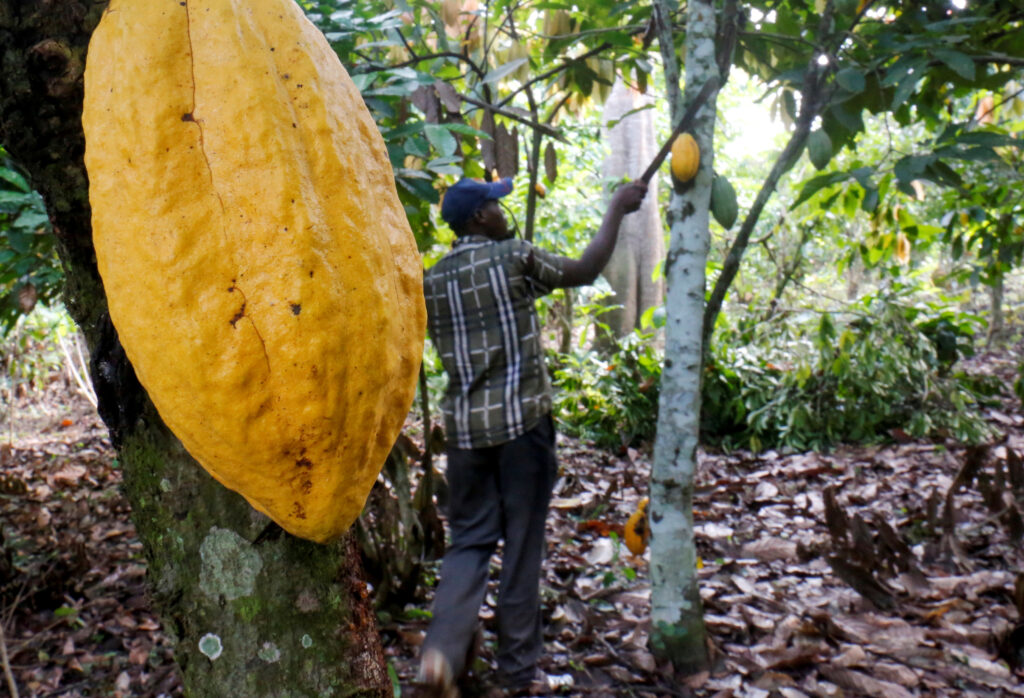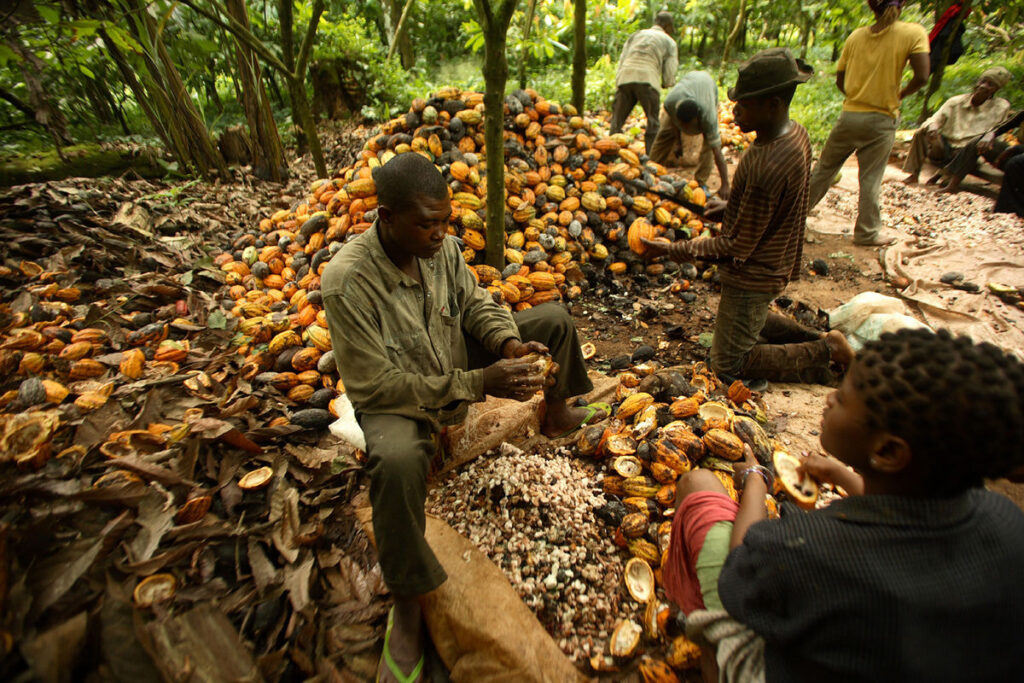Introduction
You may not know this, but cocoa is one of the most pesticide-intensive crops in the world. Organic cocoa farm is needed in the cocoa industry.
In fact, according to the Environmental Working Group, conventionally-grown cocoa is among the most toxic foods in the supermarket. That’s why it’s important to buy organic cocoa whenever possible.

But what does “organic cocoa” mean? And how can you be sure you’re getting the real thing? In this post, we’ll teach you everything you need to know about organic cocoa farming.
What Is Organic Cocoa?
So what is organic cocoa, exactly? It’s cocoa that’s grown without the use of pesticides, herbicides, or other synthetic chemicals. Farmers rely on traditional methods of crop rotation and soil management to keep the cocoa plants healthy.
Organic cocoa is also fair trade certified, which means the farmers who grow it are paid a fair price for their work. They also receive benefits like healthcare and education for their families.
producing organic cocoa is a lot more labor-intensive than conventional farming, but the end result is a product that’s healthier for everyone involved.
The Benefits of Organic Cocoa Farming

Organic cocoa farming is a great way to produce sustainable cocoa beans. Not only does it help preserve the environment, but it also has a host of other benefits.
For starters, organic farming helps to improve the quality of cocoa beans. The beans are grown in a natural environment, without the use of pesticides or fertilizers. This means that the beans are left to grow at their own pace, resulting in a higher quality bean.
Organic farming is also great for the environment. It helps to reduce greenhouse gas emissions, and it doesn’t rely on artificial chemicals or fertilizers. This means that organic cocoa farming is a much more sustainable way to produce cocoa beans.
How to Start Organic Cocoa Farming

If you’re interested in starting an organic cocoa farm, it’s important to do your research first. Here are a few tips to get you started:
1. Choose the right location. Cocoa grows best in a hot, moist environment, so look for a spot that gets plenty of suns and is close to a river or other source of water.
2. Plan for the long haul. It takes about three years for a cocoa tree to start producing fruit, so be patient!
3. Manage your pests and diseases. One of the benefits of organic farming is that you can use natural methods to control pests and diseases. This can be anything from using predator insects to spraying compost tea on your plants.
4. Get expert help. If you’re not sure where to start, it might be helpful to consult with an experienced organic cocoa farmer.
What You Need to Know About Organic Cocoa Farming
Here are some things you should know about organic cocoa farming:
Organic cocoa farming is all about sustainability. That means using natural methods to grow and harvest cocoa pods and preserving the environment in the process.
Farmers who grow organic cocoa use traditional farming methods, like crop rotation and composting, to enrich the soil and keep pests and diseases at bay. They also use natural methods to fertilize the plants, like manure and green manure (cover crops).
Organic certification is a rigorous process, and it’s not easy to become certified. So when you see the “organic” seal on a package of chocolate, you can be sure that it’s been produced with strict guidelines that ensure the health of both the cocoa farmer and the environment.
Tips for Organic Cocoa Farming
If you’re looking to start organic cocoa farming, here are a few tips to get you started.
1. Make sure you have the right tools for the job. You’ll need a shovel, hoe, and rake, as well as a wheelbarrow for moving dirt around.
2. Decide where you’re going to plant your cocoa trees. They need plenty of sun and water, so choose a spot that’s sunny and near a river or stream.
3. Till the soil and add manure or compost to give your cocoa trees the nutrients they need.
4. Dig a hole for each tree, and place the tree in the hole with the root ball facing down. Fill in the hole with soil, and tamp it down gently.
5. Give your cocoa trees plenty of water, especially during dry periods. Mulch around the base of the trees to help keep the soil moist.
How to Start a Successful Backyard Farm
Why Organic Cocoa Farming Is Important
So you may be wondering, why is organic cocoa farming so important? Let me break it down for you.
First of all, organic cocoa farming is better for the environment. With traditional cocoa farming, chemicals are used to control pests and diseases, which can leach into the soil and water supply. But with organic farming, these chemicals are not used, so the land and water stay clean.
Second of all, organic cocoa farming is better for the farmers. With traditional cocoa farming, the farmers are often exposed to harmful chemicals, which can cause health problems. But with organic farming, the farmers are not exposed to these chemicals, so they stay healthy.
Finally, organic cocoa farming is better for cocoa beans. With traditional cocoa farming, the beans are often exposed to chemicals, which can affect their flavor and quality. But with organic cocoa farming, the beans are not exposed to these chemicals, so they taste better and have a higher quality.
Conclusion
Farming organic cocoa isn’t as hard as it sounds, but it does take a lot of time and effort. Here are the basics of getting started in organic cocoa farming:
1. Choose the right location. Cocoa trees need plenty of sunlight and high humidity, so make sure you select a spot that meets those requirements.
2. Prepare the soil. Cocoa trees grow best in rich, fertile soil, so you’ll need to add some organic matter to the soil before planting your trees.
3. Plant your trees. Cocoa trees can be grown from seed or from cuttings, so choose the method that works best for you.
4. Take care of your trees. Cocoas need plenty of water and fertilizer, so make sure you provide them with what they need to grow strong and healthy.
5. Harvest your cocoa beans. Once your cocoa pods are ripe, harvest them and let them dry out before milling them into cocoa beans.

